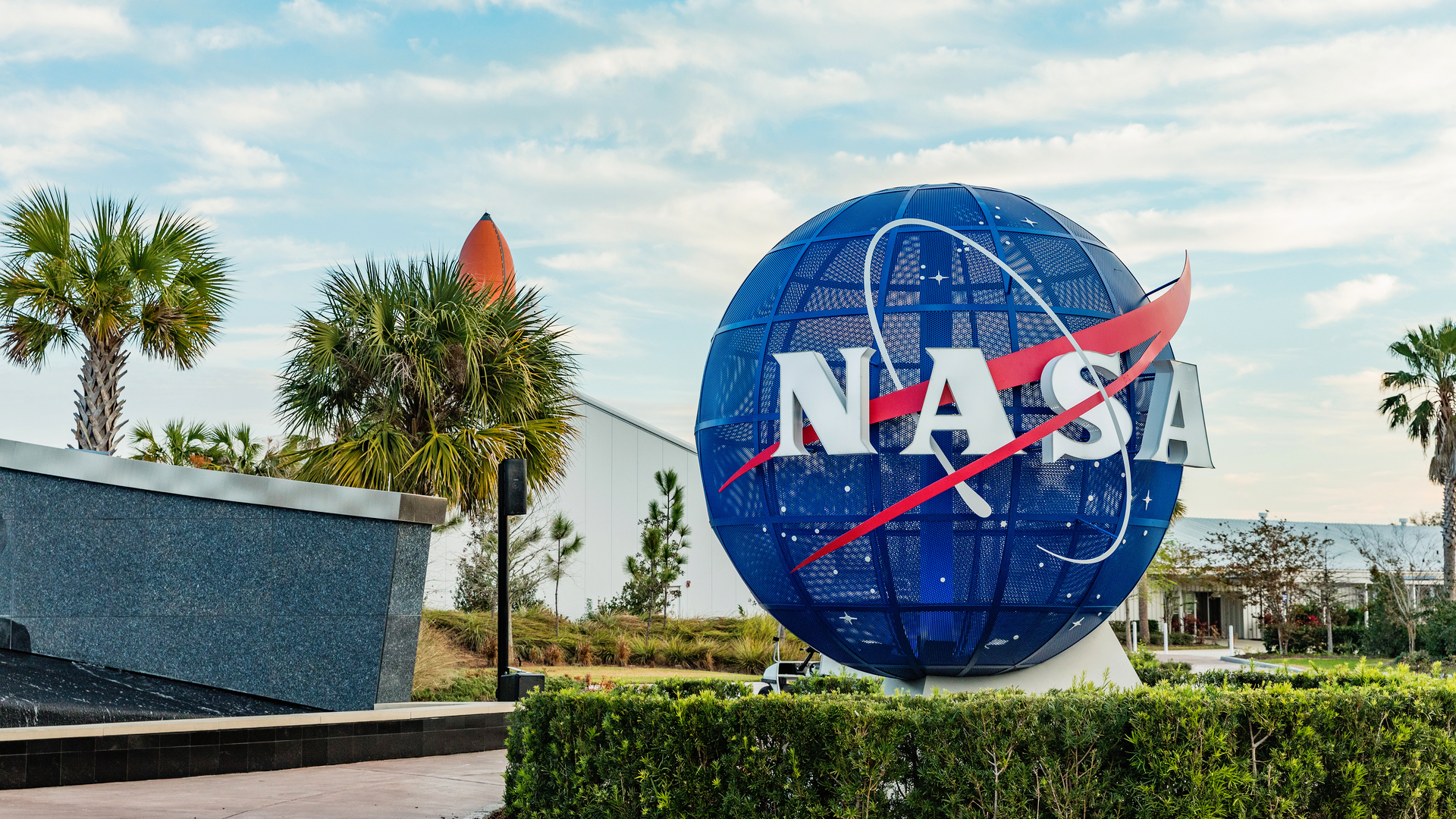NASA hack blamed on unauthorised Raspberry Pi
Scathing report details ten years of security issues and malpractice


An unsecure and unauthorised Raspberry Pi device has been blamed for a 2018 security breach in NASA's Jet Propulsion Laboratory (JPL), a department plagued with cyber security vulnerabilities, according to a new report from NASA's Office of Inspector General.
The security breach in question saw hackers target a NASA employee's Raspberry Pi device, which wasn't authorised to connect to the JPL's network, and make off with 500MB of data from one of its major mission systems.
This was just one of the more recent incidents from the past ten years of "notable cyber security incidents that have compromised major segments of its IT network," according to the report.
Back in 2011, the same department fell victim to another security breach which saw hackers gain full access to 18 servers that supported key missions, giving them read/write privileges of nearly all files, and steal 87GB of data. At the time, JPL managed 23 aircraft in active missions to Jupiter Mars and Saturn.
Across the entire organisation, 13 hacks were reported in 2011 alone with other incidents resulting in employee credentials being stolen because it failed to encrypt and protect sensitive data quickly enough, according to Paul Martin, NASA general testifying before Congress at the time.
The latest investigation into the cyber security malpractice revealed myriad weaknesses in JPL's IT network, one lying in the database it uses to monitor and track its physical assets and applications on its network. The database the department used was inaccurate and incomplete, meaning JPL couldn't effectively monitor the entire network and react to security threats.
"There's been a failing of appropriate policy definition and demonstrable compliance issues," said Matt Walmsley, EMEA director at Vectra. "There have been technical gaps which have rendered JPL unaware of devices connected to their network and left them almost blind to indicators of active attackers who have defeated access and preventative controls and are now operating inside their network with impunity."
Get the ITPro daily newsletter
Sign up today and you will receive a free copy of our Future Focus 2025 report - the leading guidance on AI, cybersecurity and other IT challenges as per 700+ senior executives
Feeding into the Raspberry Pi discovery, a more general weakness in network visibility was mentioned in the report as being a key influencer in the department's inability to secure its network too.
"Further, we found that JPL's network gateway that controls partner access to a shared IT environment for specific missions and data had not been properly segmented to limit users only to those systems and applications for which they had approved access," the report added.
"This shortcoming enabled an attacker to gain unauthorized access to JPL's mission network through a compromised external user system."
The scathing report added that tickets created by the network-monitoring database (aforementioned) regarding a vulnerability detection went unresolved for extended periods of time, in some cases more than 180 days. JPL system administrators were also confused about their responsibilities regarding management and review of logs for identifying malicious activity occurring on the network.
The report detailed a host of other issues in the safekeeping of the organisation's network, some of which deviated from industry best practices and advice from cyber security experts.
Of the 10 recommendations raised in the report, NASA has agreed to all but one: to establish a formal threat-hunting process - the one recommended by IT experts to "aggressively pursue" vulnerabilities that weren't just basic, surface level issues.

Connor Jones has been at the forefront of global cyber security news coverage for the past few years, breaking developments on major stories such as LockBit’s ransomware attack on Royal Mail International, and many others. He has also made sporadic appearances on the ITPro Podcast discussing topics from home desk setups all the way to hacking systems using prosthetic limbs. He has a master’s degree in Magazine Journalism from the University of Sheffield, and has previously written for the likes of Red Bull Esports and UNILAD tech during his career that started in 2015.
-
 Cleo attack victim list grows as Hertz confirms customer data stolen
Cleo attack victim list grows as Hertz confirms customer data stolenNews Hertz has confirmed it suffered a data breach as a result of the Cleo zero-day vulnerability in late 2024, with the car rental giant warning that customer data was stolen.
By Ross Kelly
-
 Lateral moves in tech: Why leaders should support employee mobility
Lateral moves in tech: Why leaders should support employee mobilityIn-depth Encouraging staff to switch roles can have long-term benefits for skills in the tech sector
By Keri Allan